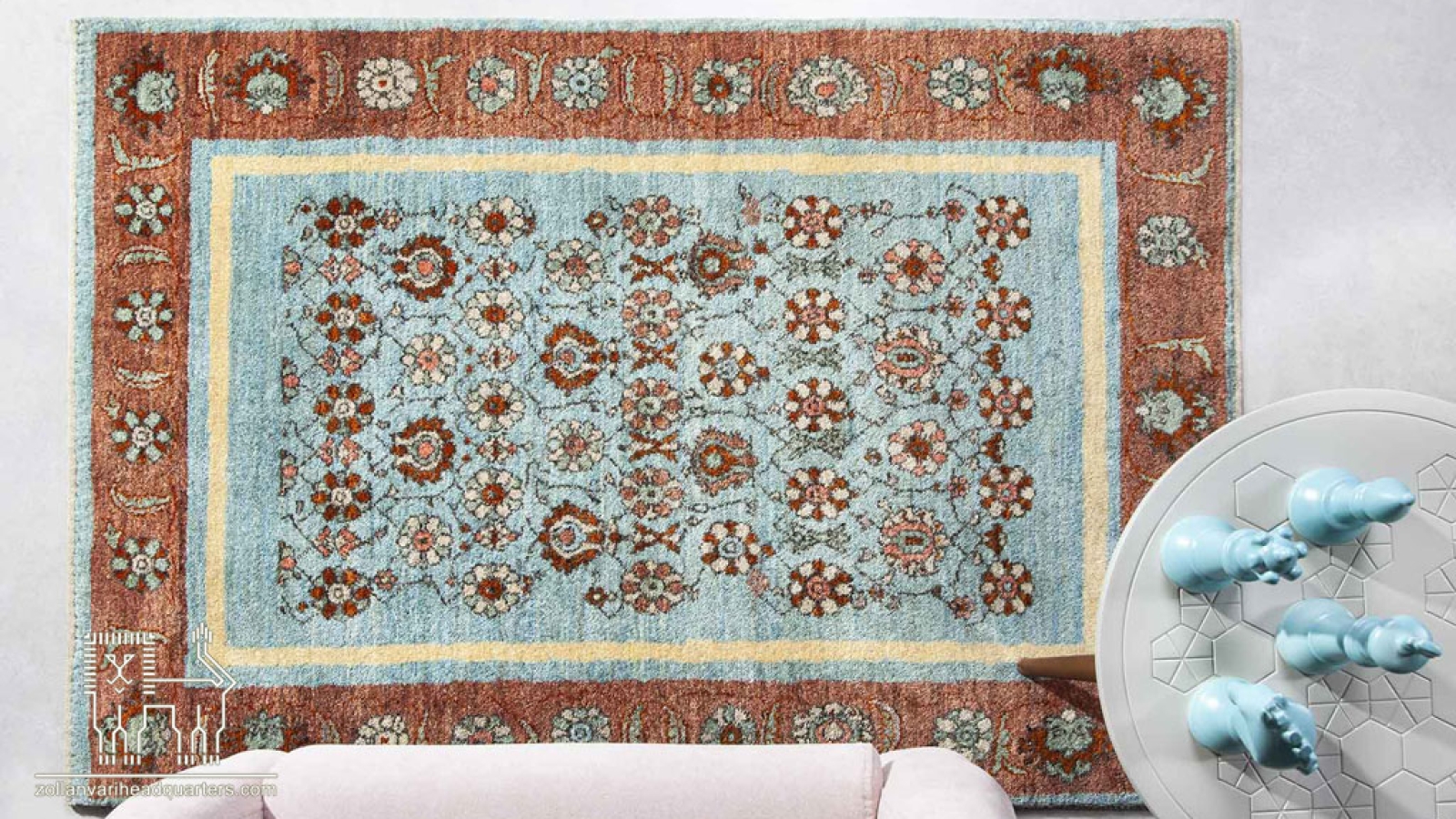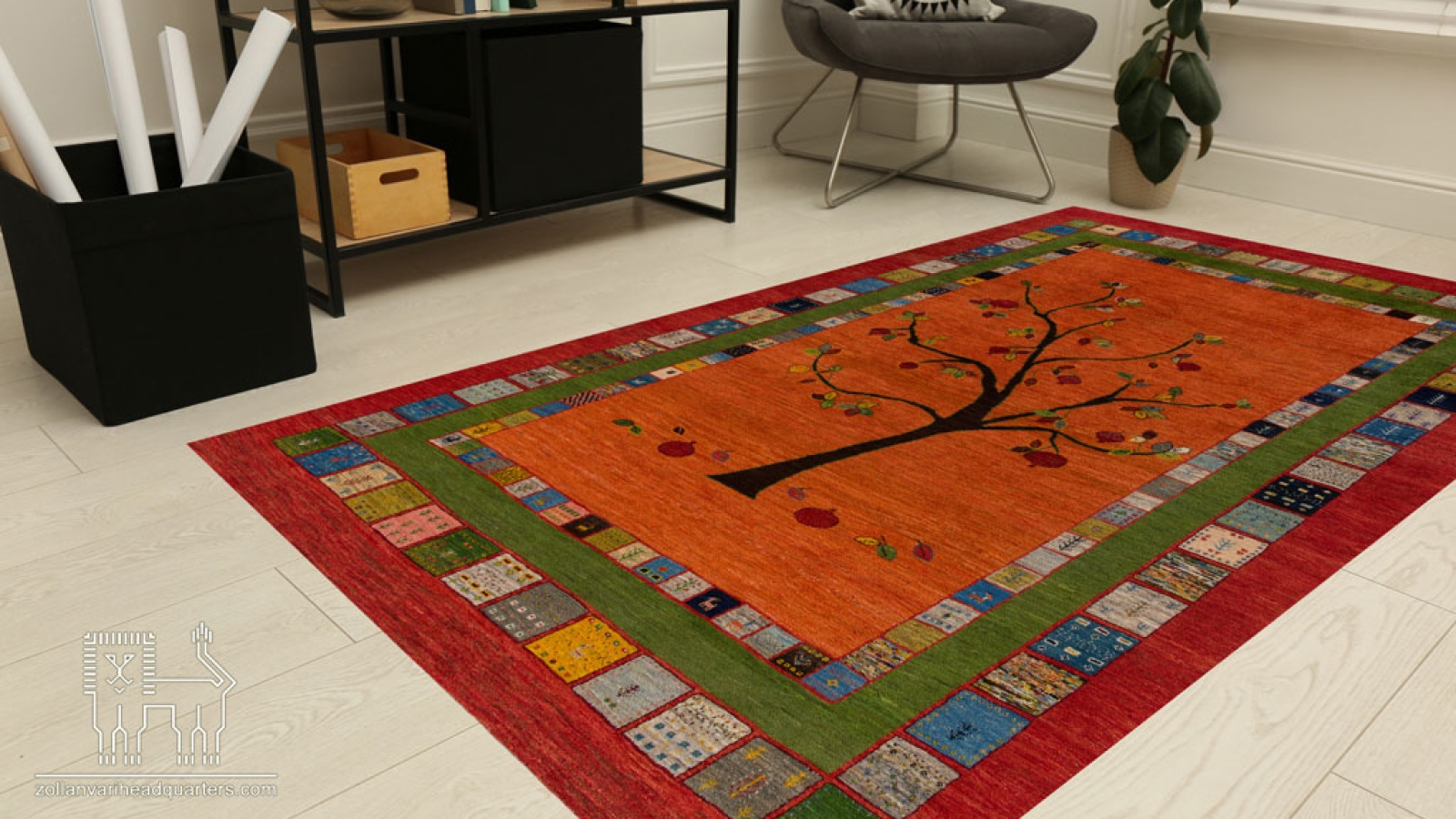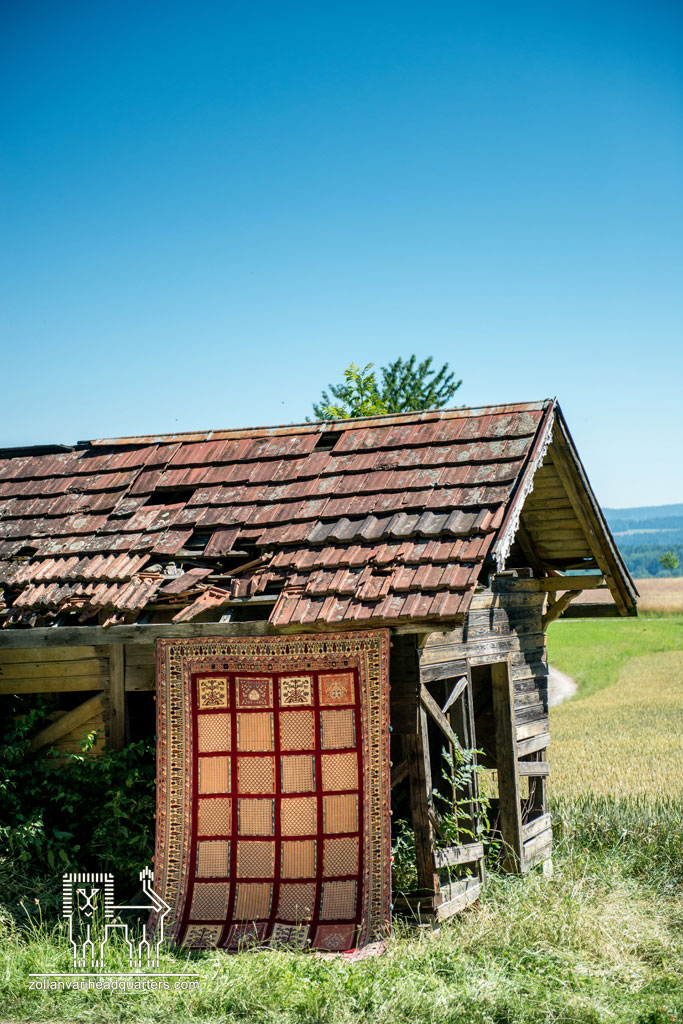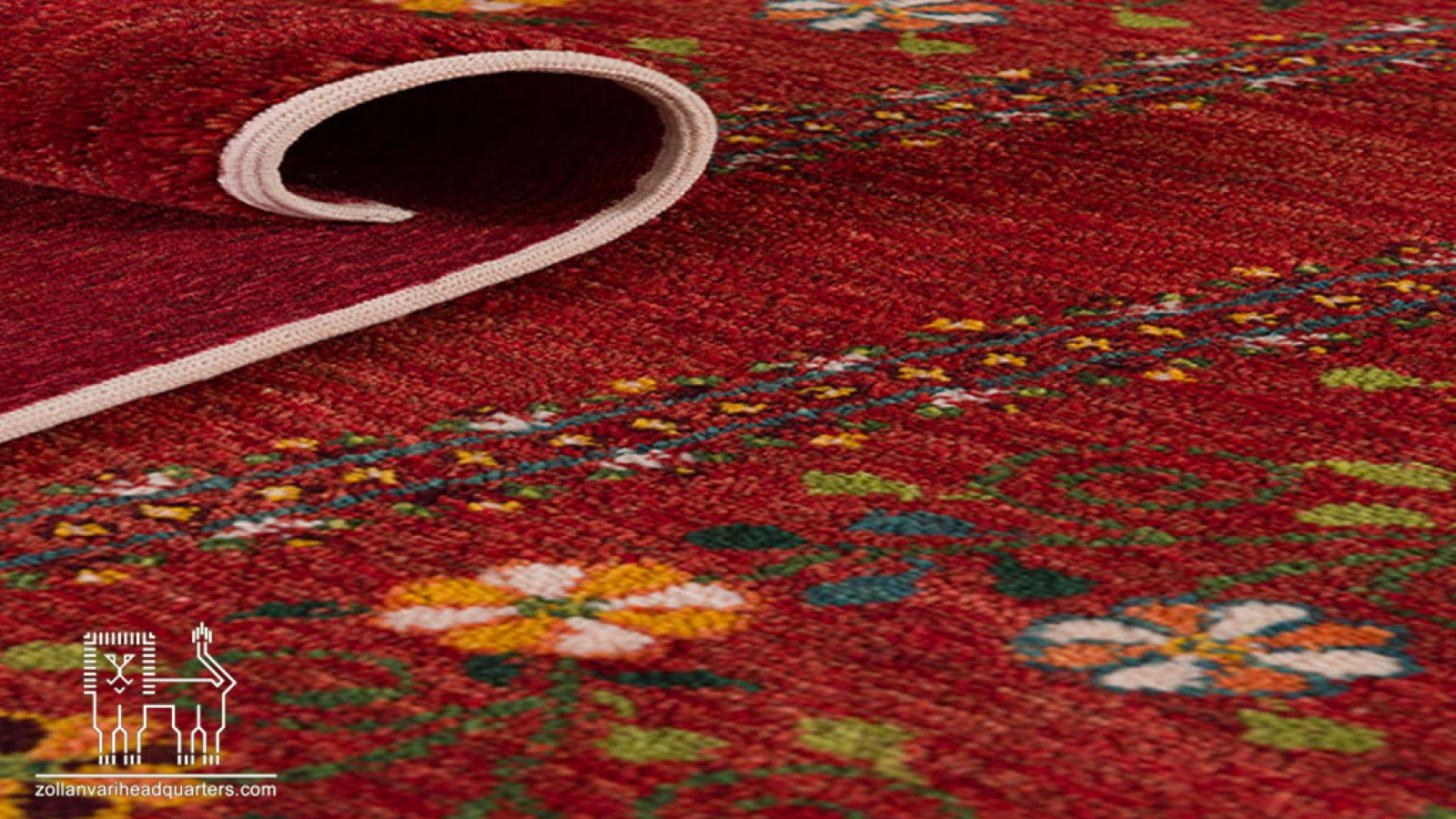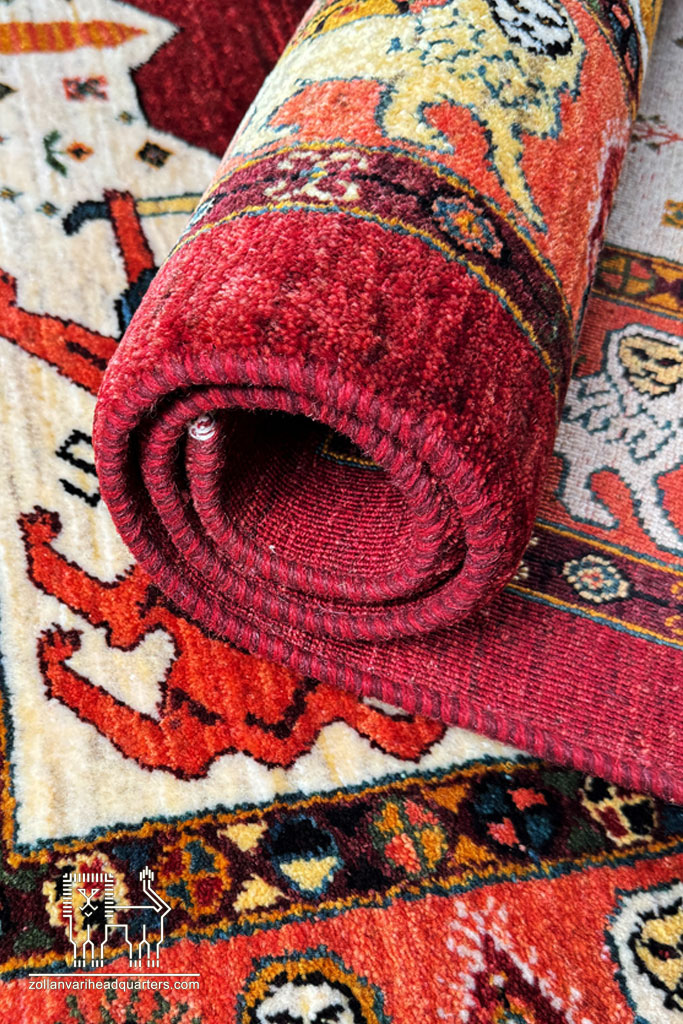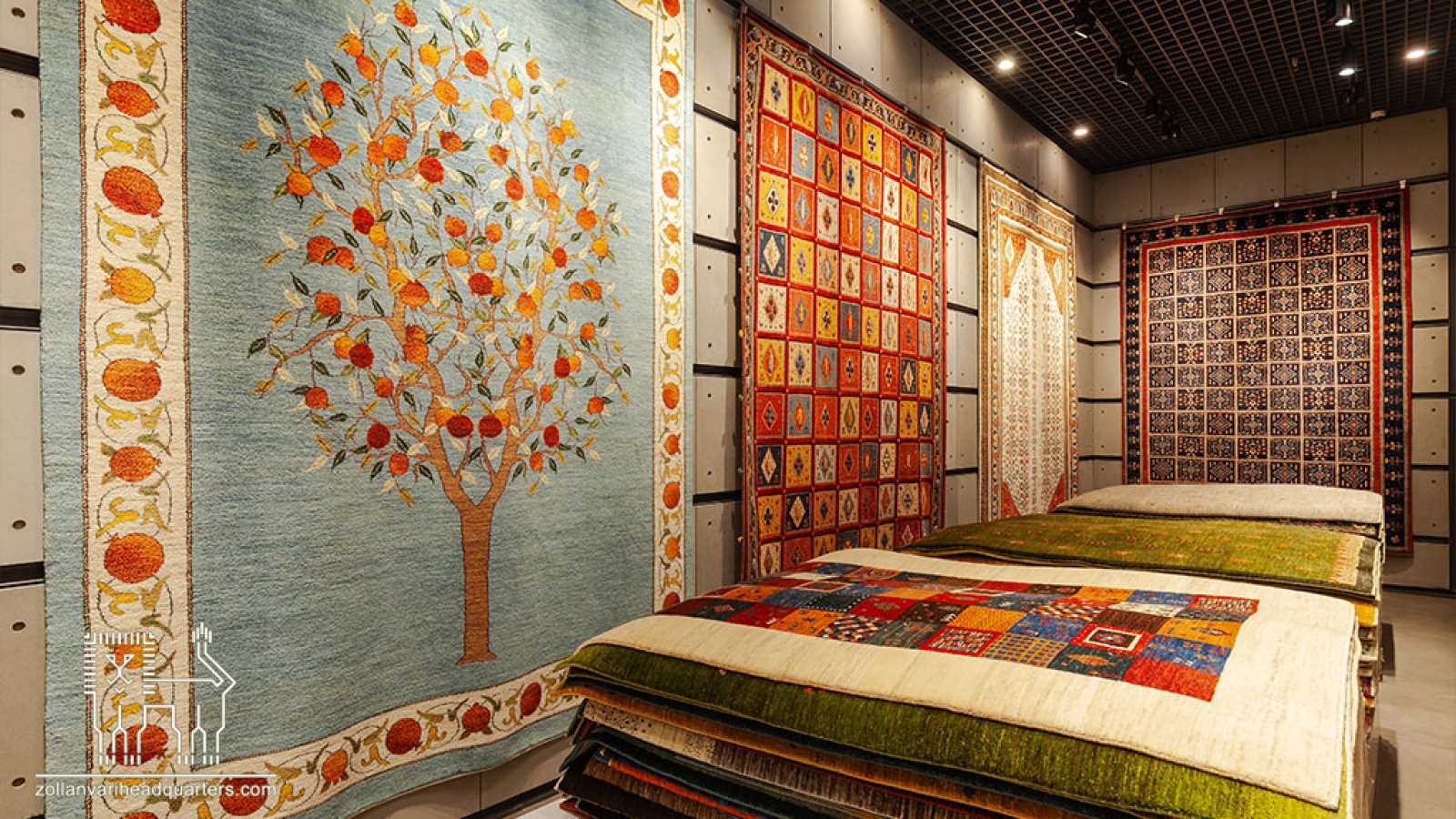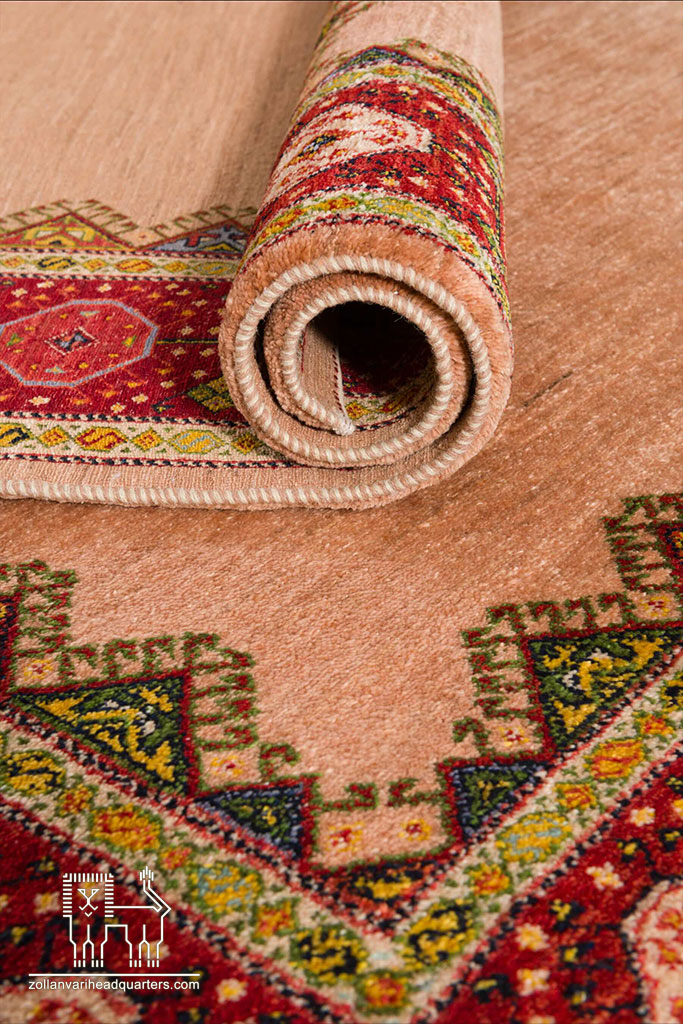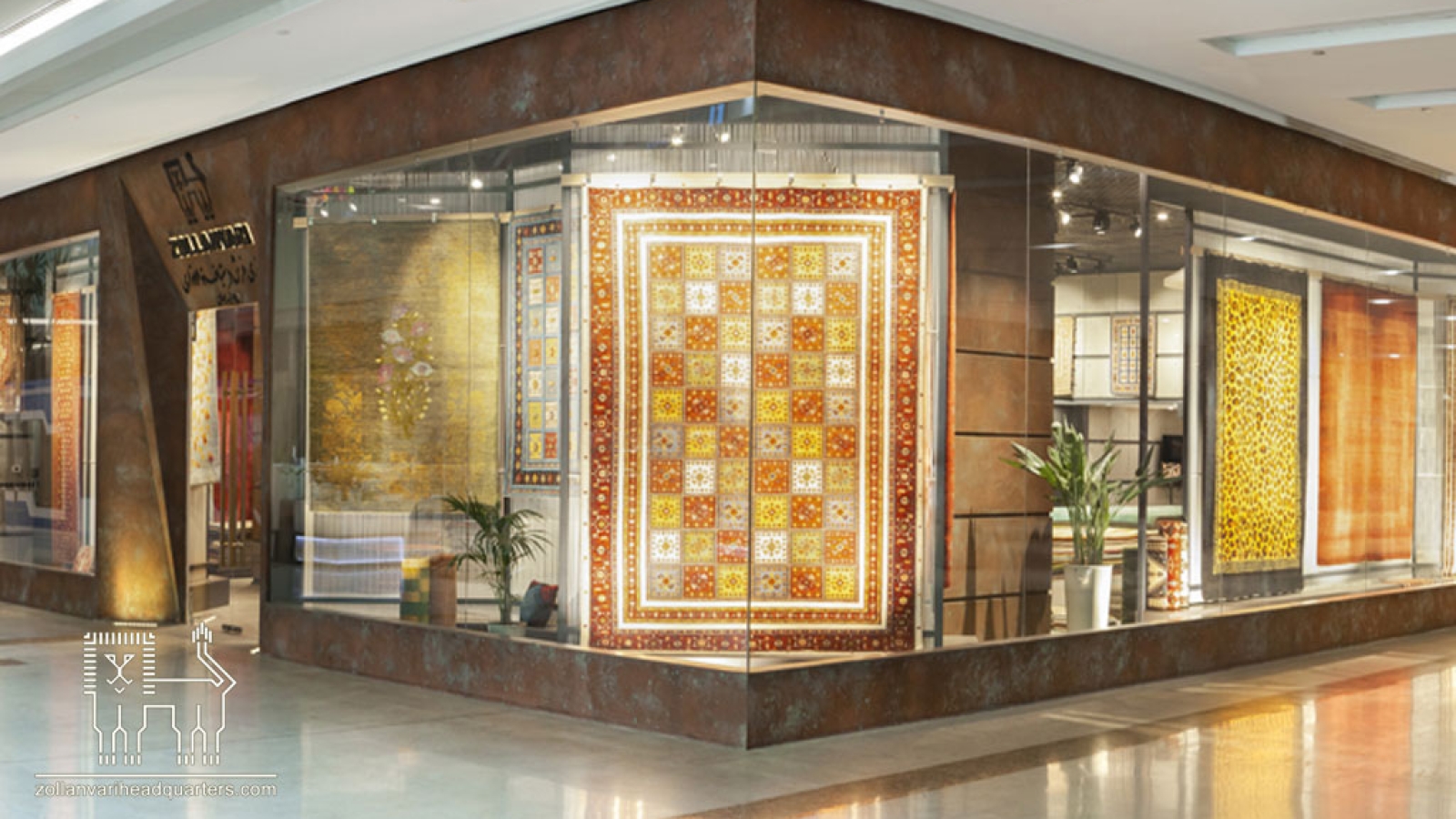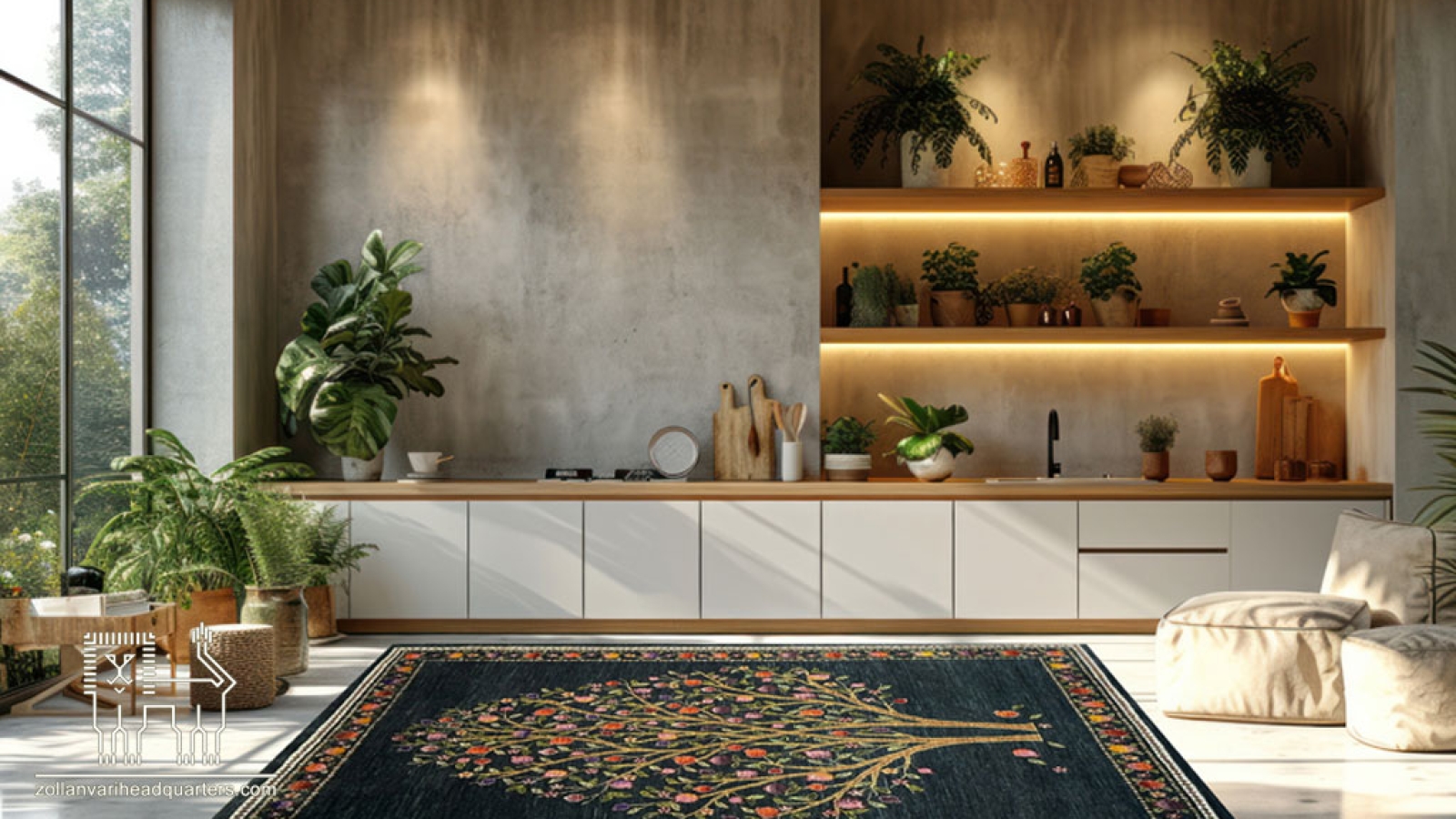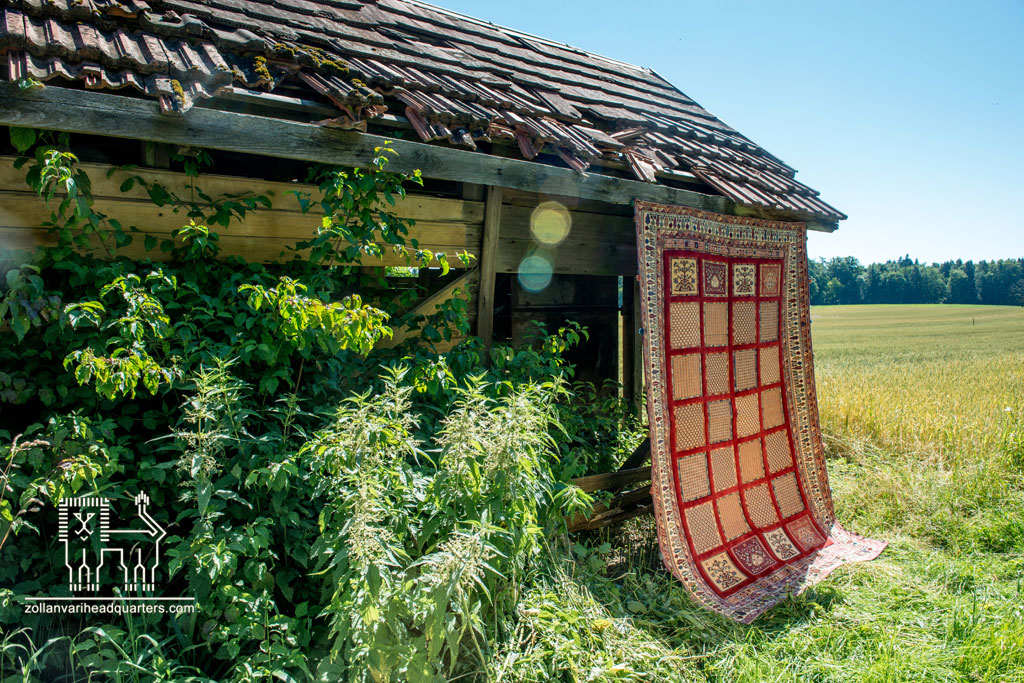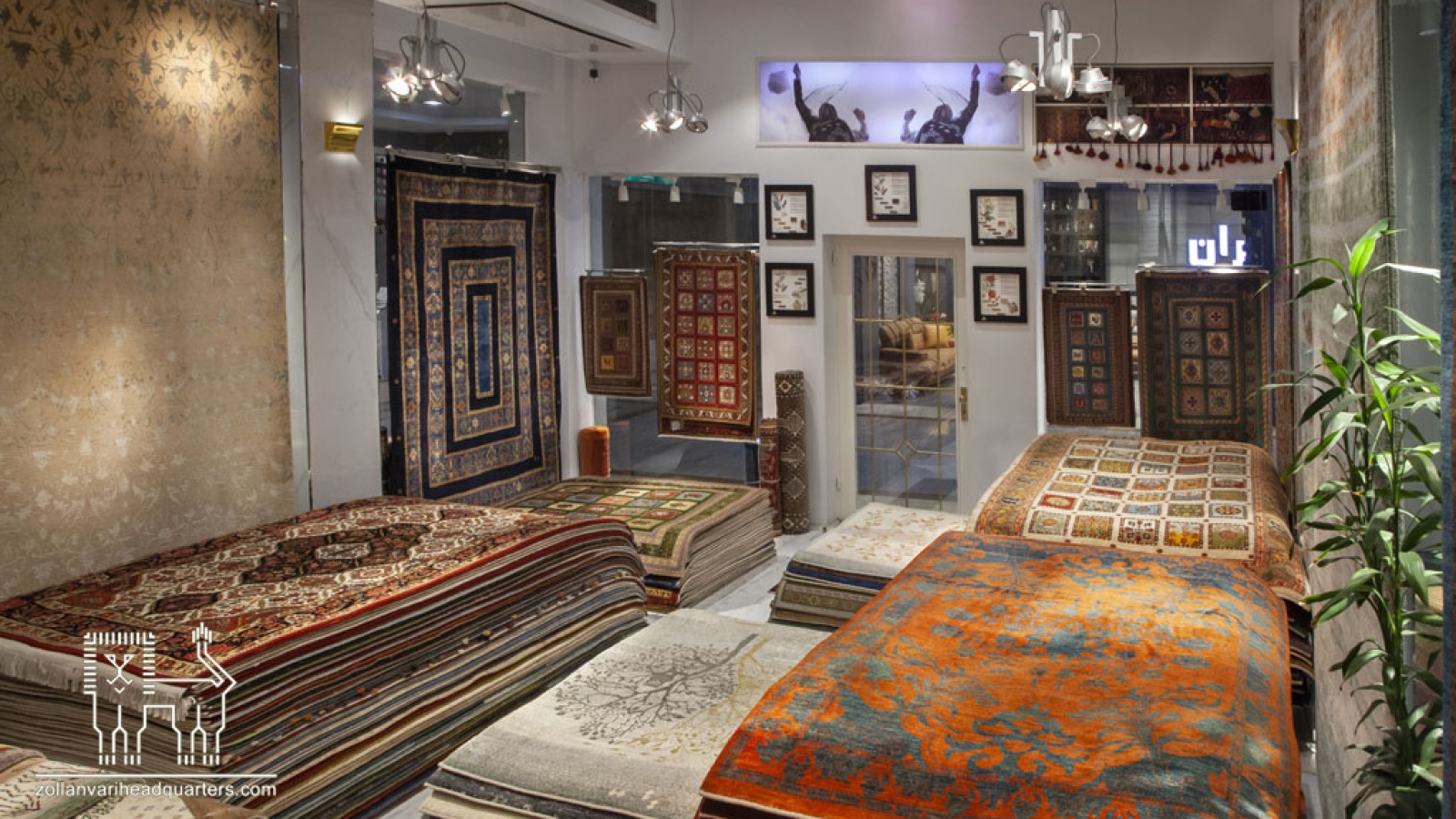Iranian Handmade Carpets: How to Choose and Maintain Them in the Global Market?
Iranian handmade carpets are not only decorative items but also symbols of the history, culture, and authentic art of Iran. These carpets are woven with natural fibers, vegetable dyes, and the skilled hands of nomadic and rural weavers, and their value goes beyond their material price. For international customers seeking a unique, durable, and authentic carpet, understanding the principles of selecting and maintaining these precious treasures is of great importance. In this content, we provide practical guidance for choosing the most suitable handmade carpet and properly caring for it.
How to Choose an Authentic Iranian Carpet?
When choosing, pay attention to the following points:
Recognizing Carpet Authenticity
The first and most important point in selecting a handmade carpet is to ensure its authenticity. An authentic Iranian carpet has the following features:
- Handwoven: The back of the carpet should be irregular and have knots of slightly varying sizes. If the back is too uniform and machine-made, it is likely not handmade.
- Yarn material: Wool, silk, and cotton yarns indicate authenticity. Synthetic fibers are not used in handmade carpets.
- Traditional or mental design: Many nomadic carpets, such as Qashqai Gabbehs, are woven without a pre-drawn pattern, reflecting the individual artistry of the weaver.
Choosing a Design Suitable for Your Interior
Iranian carpets come in a wide variety of designs; from geometric and abstract motifs to classic floral patterns. It is recommended that:
- For modern spaces, use carpets with simple patterns and neutral or minimalist colors.
- In classic spaces, traditional patterns with warm colors such as maroon, navy blue, and saffron are more harmonious.
Zollanvari Company offers a collection of modern, traditional, and innovative designs tailored to various tastes and spaces.
Pay Attention to Size and Dimensions
Before purchasing, measure the intended carpet location. The carpet should not cover the entire floor area; leaving about 20 to 40 centimeters of visible floor around the edges provides a better decorative effect.
Principles for Maintaining Handmade Carpets for Longer Durability
These principles are as follows:
Avoid Direct Light and Humidity
Direct sunlight causes the natural colors to fade. It is best that the carpet is not exposed to direct sunlight or that thin curtains are used to filter the light. Also, the carpet should not be placed in humid environments as natural fibers are prone to decay.
Periodic Rotation and Moving of the Carpet
To prevent uneven wear on parts of the carpet (such as under furniture or high-traffic areas), it is recommended to rotate the carpet every six months so that the pressure is evenly distributed.
Safe Cleaning Methods
- Regular dusting: Use a vacuum cleaner on low power and without a rotating brush. Rotating brushes may damage the carpet’s pile.
- Immediate stain removal: In case of liquid spills, quickly absorb with a dry (not wet) cloth. For specific stains, use mild homemade solutions or professional cleaning services.
- Professional washing: Every few years, the carpet should be washed by professionals with suitable materials to preserve its color and texture.
Storage During Non-Use or International Transport
For customers who may move the carpet to another country or not use it for a while:
- Store the carpet rolled (not folded).
- Wrap the inside of the roll with impermeable paper and place it in a cloth or cotton bag to prevent dust and pests.
- Use natural moth repellents such as lavender or cedarwood tablets.
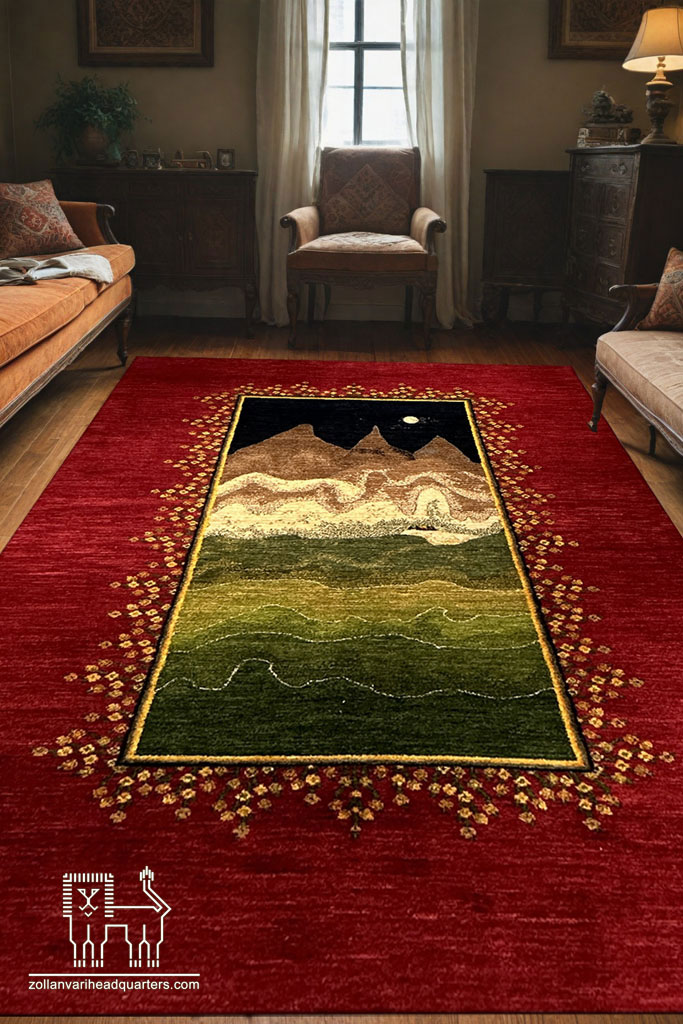
Choosing a Reputable Brand for Safe Purchase
Ultimately, quality, authenticity, and after-sales services are only guaranteed when purchasing from reputable brands. Zollanvari Company, with over half a century of experience in producing and exporting handmade carpets, is recognized as a pioneer in this industry. Their products are designed and manufactured in harmony with ancient traditions as well as global tastes.
Conclusion
Iranian handmade carpets are more than just decorative items; they are a blend of art, culture, and nature. Choosing the right carpet can bring beauty and authenticity to living spaces, and proper maintenance ensures its longevity for decades. International customers who know these tips will not only make smart choices but also play a role in preserving and continuing the life of authentic Iranian art.

